The andirons are the metal part with no decoration other than a small vase on top. The work focuses on the guard they are attached to: two volutes on squares serve as the base for a pedestal with mirrors, festoons, and architectural motifs reminiscent of the Renaissance, on which stands a female bust surmounted by two urns. These objects appeared thanks to a series of improvements made to heating in the late 17th and early 18th centuries. The construction of narrower and shallower fireplaces than previous ones improved draft, largely eliminating smoke from the room, and facilitating combustion. Furthermore, the spread of their use in bourgeois homes led to a series of innovations in their decoration. This set of andirons and fenders was designed to be placed directly in front of the fire, to raise the logs and prevent embers from spreading throughout the room. The decoration clearly recalls classicism: the female busts on the pillars and under the scrolls (reminiscent of caryatids), as well as the mirrors and scroll motifs, were inspired by Renaissance works. The lines of the work recall examples of the Regency style as well as those of the so-called Louis XIV style, while the contour of the base is inspired by the Baroque. It is this combination that places the work in the 19th century, given the taste of the time for returning to past styles in interior design. It is the quality that indicates its French manufacture: the works that came out of these specialized bronze foundries were highly valued in Europe due to the magnificent work that the guilds had been producing there since the 17th century. As these works were intended for a very exclusive and imported public, they are today preserved in important private collections and eminent museums such as, for example, the Cerralbo in Madrid (located in the palace of the Marquis of Cerralbo), the National Museum of Romanticism in the same city, the Victoria and Albert Museum (London) or the Metropolitan in New York (note the similarity of lines between the base of this work and the pair by Benjamin Pyne from the end of the 17th century with the catalog number 68.141.155 a and b). -
Size: 38x62x100 cm



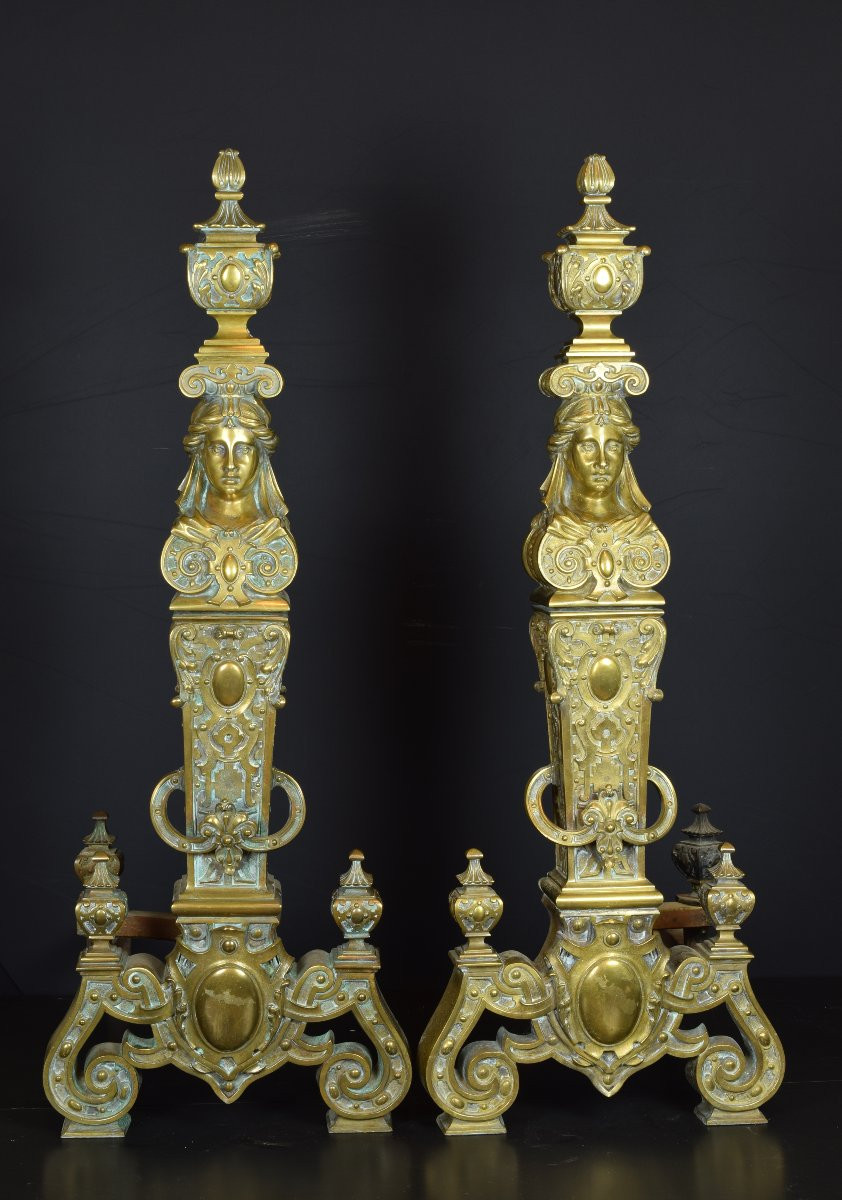
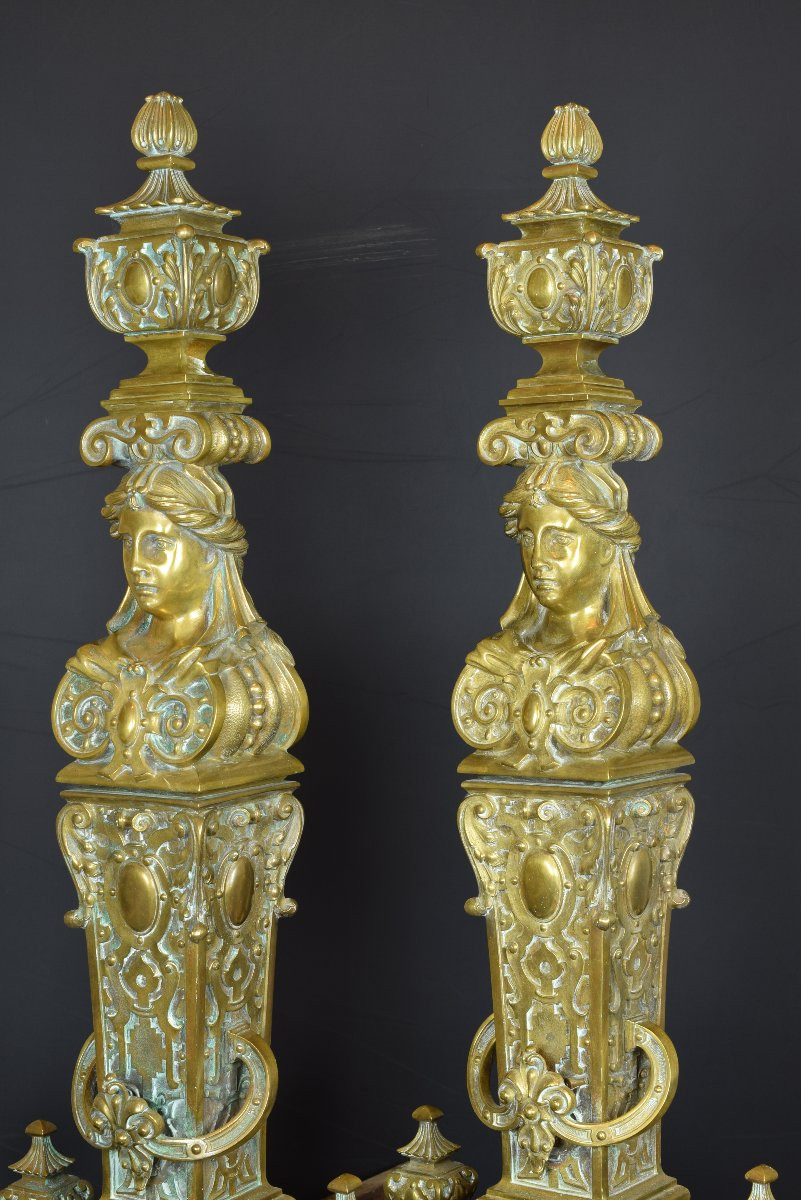


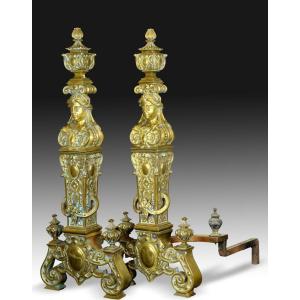





















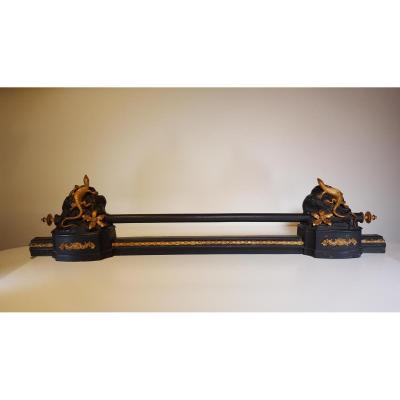
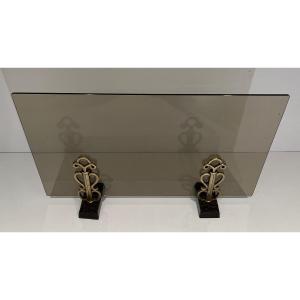

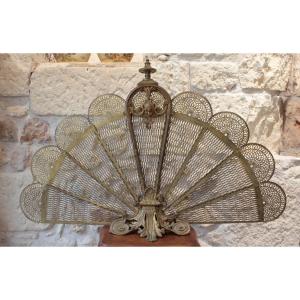



 Le Magazine de PROANTIC
Le Magazine de PROANTIC TRÉSORS Magazine
TRÉSORS Magazine Rivista Artiquariato
Rivista Artiquariato